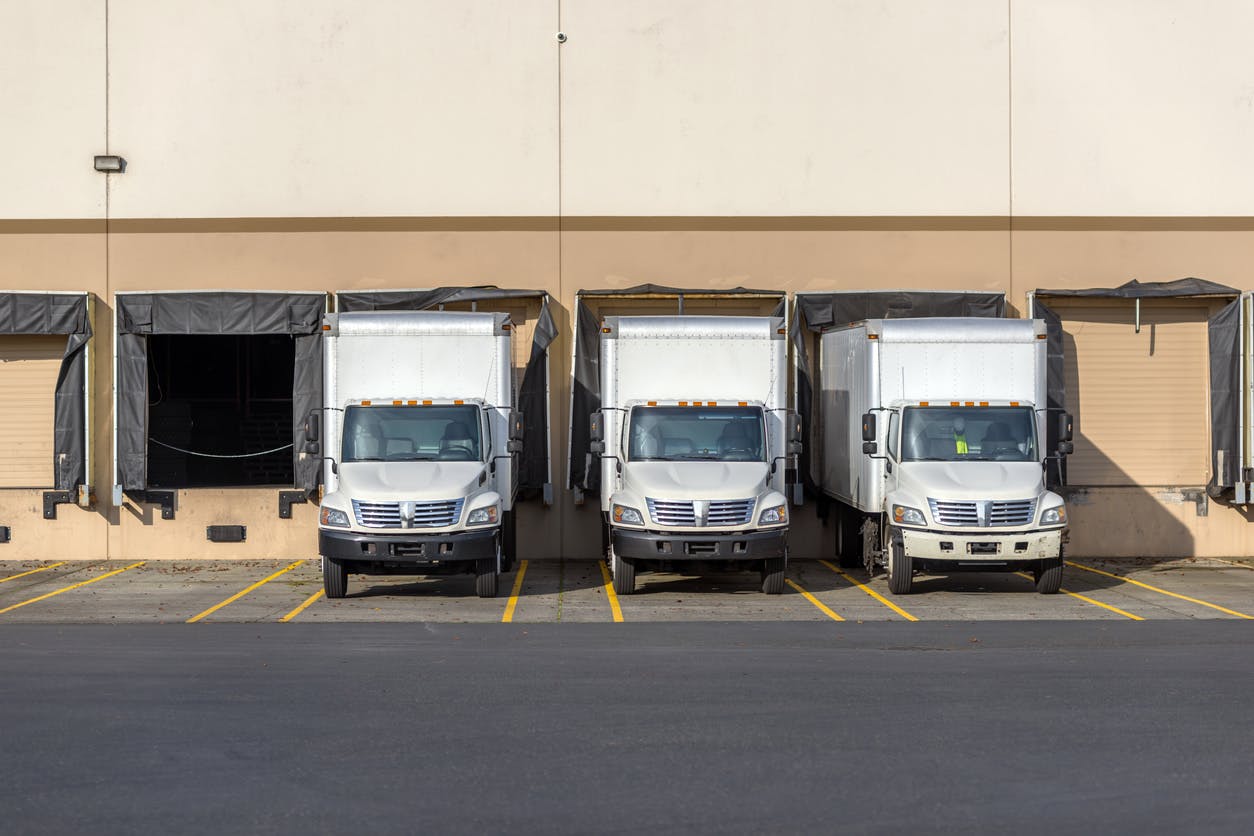October 6, 2020
If you’re an omnichannel company, fulfillment and shipping make up a big part of your entire supply chain. You can do that fulfillment in-house, and secure your own warehousing, but that may not be the best use of your labor or be cost-effective. At some point, you’ll want to look into using logistics services, and that means thinking about using 3PL providers or a 4PL provider. As you can see from the numbers, there are multiple options, so here is a highlight of what these logistics service providers do.
1PL - first-party logistics provider: Your company operates its supply chain alone, creating or buying products, fulfilling orders, and finding trucking and shipping companies to deliver them to your customers.
2PL - second-party logistics provider: With this model, your company operates mostly like a 1PL, but you outsource one part of the logistics process temporarily. That might mean using a fulfillment company for the seasonal rush.
3PL - third-party logistics provider: Your company buys or manufactures the products, and then uses 3PL services for warehousing, fulfillment, and transportation or shipping services.
4PL - fourth-party logistics provider: Again, your supply chain acquires the products, while a 4PL provider coordinates the logistics operations for the entire supply chain. They are lead logistics providers. The term 4PL was originally coined by Accenture.
5PL - fifth-party logistics provider: A 5PL logistics model leverages big data and technology to optimize the supply chain network. It can also take over the entire supply chain as the supply chain solution.
3PL vs 4PL
A 3PL or 4PL company can supplement or oversee a company’s supply chain management. The Council of Supply Chain Management Professionals (CSCMP) uses this definition for supply chain management:
“Supply chain management encompasses the planning and management of all activities involved in sourcing and procurement, conversion, and all logistics management activities. Importantly, it also includes coordination and collaboration with channel partners, which can be suppliers, intermediaries, third-party service providers, and customers. In essence, supply chain management integrates supply and demand management within and across companies.”
3PL companies are well known for their supply chain management roles, generally offering a bundle of logistics function services which might include:
· Inventory management
· Receiving inbound goods
· Cross-docking
· Warehousing
· Fulfillment
· Transportation services
· Freight forwarding
The 3PL companies are more transactionally-focused, and the omnichannel company would maintain regular oversight and management. A company might use third-party logistics companies when supply chain is not one of their core competencies. Newer companies might use Amazon for this service, or another 3PL with distributed warehousing, that can provide real-time visibility into inventory management. Companies give up some control when relying on a supply chain network for logistics.
4PL logistics companies offer more services, as the company’s single point of contact. The 4PL acts as a single interface for warehousing, reverse logistics, shippers, and the freight forwarder. They manage everything the 3PL company or companies do. They serve as lead logistics providers, while taking a strategic as well as a coordinating role. The 4PL services handle the client’s supply chain. The relationship may be set up as a joint venture, a separate limited liability partnership (LLP). Likely the 4PL logistics solution would have a long-term contract and the omnichannel company could be its primary client.
A 4PL provider requires a company to hand over more of its decision-making and logistics operations. They can also handle finding intermodal marketing companies. That can be helpful for companies with a complex global supply chain, that can better handle reverse logistics and broader distribution and transportation needs. A 4PL can be good for companies using multiple warehousing locations, with a lot of moving parts and demands. The higher level of service allows the company to better meet same-day delivery and inventory replenishment, and those with high levels of reverse logistics.
If your company is looking for insights into optimizing warehousing needs gaining end-to-end visibility for your supply chain, Stord can help.




